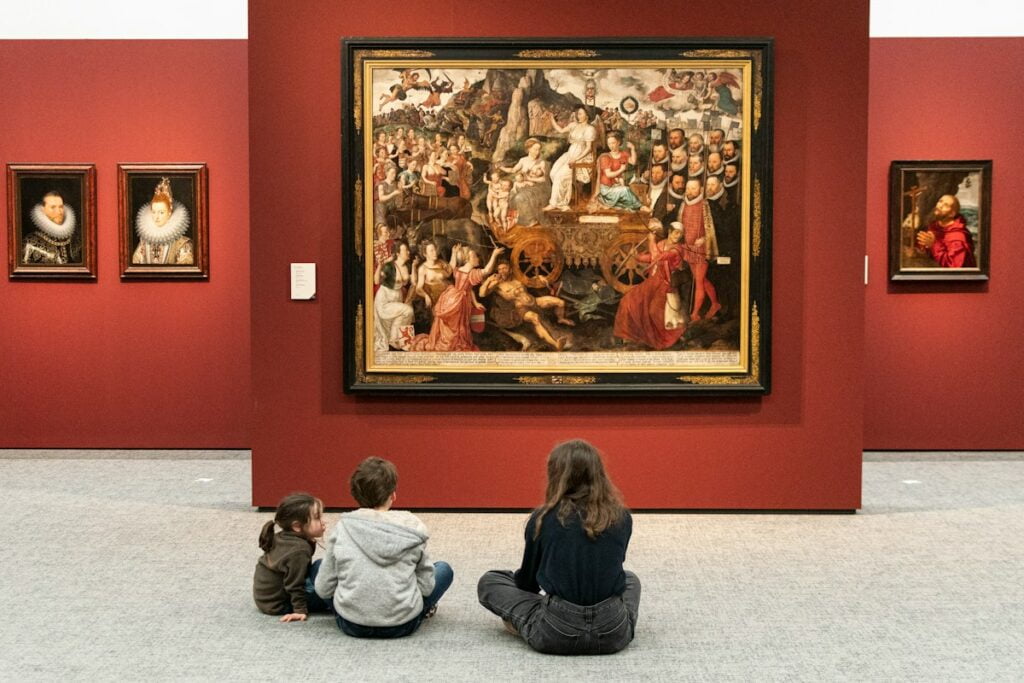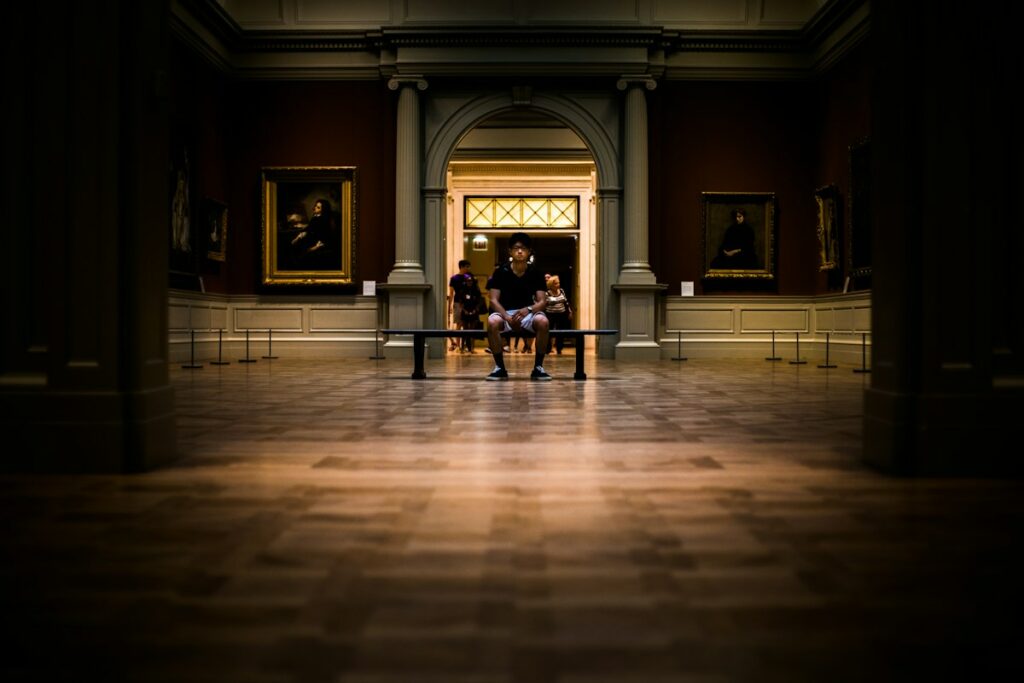How Resonating with Art Helps Your Brain
Studies reveal that your encounter with art is an active brain event. But what moves you when you resonate with art?

Have you ever wondered what happens in your brain when you stand before a spellbinding piece of art? Could be a Van Gogh or a serene Japanese landscape that catches your eye, but the journey your brain undertakes is far from simple. Studies reveal that your encounter with art is an active brain event, not a passive one. Let me walk you through what unfolds within your brain as you appreciate art, painting a picture of this fascinating resonance between your mind and art.
The first stage of appreciating art starts with perception. It’s a sensory process, allowing your brain to translate visual stimuli into a coherent image. You instantly recognize the representation of a human being on canvas, regardless of the medium. Your brain has an amazing ability to recognize faces and discern shapes – whether on a canvas or even on something everyday like a wall outlet.

Art’s Impact on Emotions
As you continue your engagement with art, your emotional response takes shape. This is where the medley between your art experience and the amygdala, part of your limbic system, takes centre stage. If an artwork moves you, your brain forms distinct activity patterns, a testament to the profound impact that art can have on your emotions. Understanding this could potentially open doors to long-term health benefits. Some studies unearthed the intricate connection between the experience of beauty in art and the dopamine reward in the brain, further translating the pleasure derived from appreciating art.
The Eye of the Mind
One cannot engage with art without the cognitive processes working behind the scenes. As you ponder over an artwork, your brain engages both in bottom-up and top-down processing. Bottom-up processing involves the direct effects of the sensory input. On the other hand, top-down processing incorporates your cognitive interpretations and expectations. Let’s consider the abstract works of Mark Rothko. You imbue such artworks with personal meaning, encouraging your brain to engage in the top-down process, creating an emotional resonance.
Art and Neuroscience
The study of Neuroscience and art together can bestow upon you profound insights into how your brain works. This meld of art and neuroscience has given rise to Neuroaesthetics, a field dedicated to exploring how the brain comprehends art – a bridge between art and cognitive science. Some studies use techniques like transcranial magnetic stimulation (TMS) to better understand how your brain processes artistic elements.
Art is linked not just to immediate viewing experience – creating art has a sway over your brain’s plasticity. Drawing, for instance, could shed light on how your brain works, especially using functional magnetic resonance imaging (fMRI). Art can offer therapeutic potential and significant benefits for those dealing with health conditions which activate the brain’s reward pathways.
Final Brush Stroke
It’s more than an aesthetic experience when you look at art – it stimulates your perception, elicits emotional responses and engenders cognitive interpretation. The dance between art and your brain reveals layers of the aesthetic process and opens new doors for enhancing mental health and wellbeing, particularly through art therapy. As research continues to unfold, the dance between art and neuroscience promises to captivate, informing human experience of beauty and creativity further.
Do you want to share your story and inspire our readers ? Know that every story is paving the way for a brighter, happier future.




